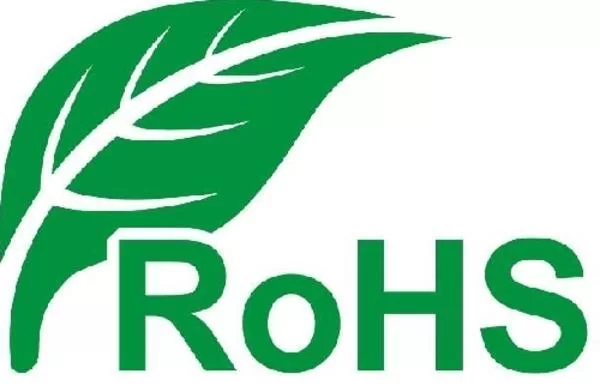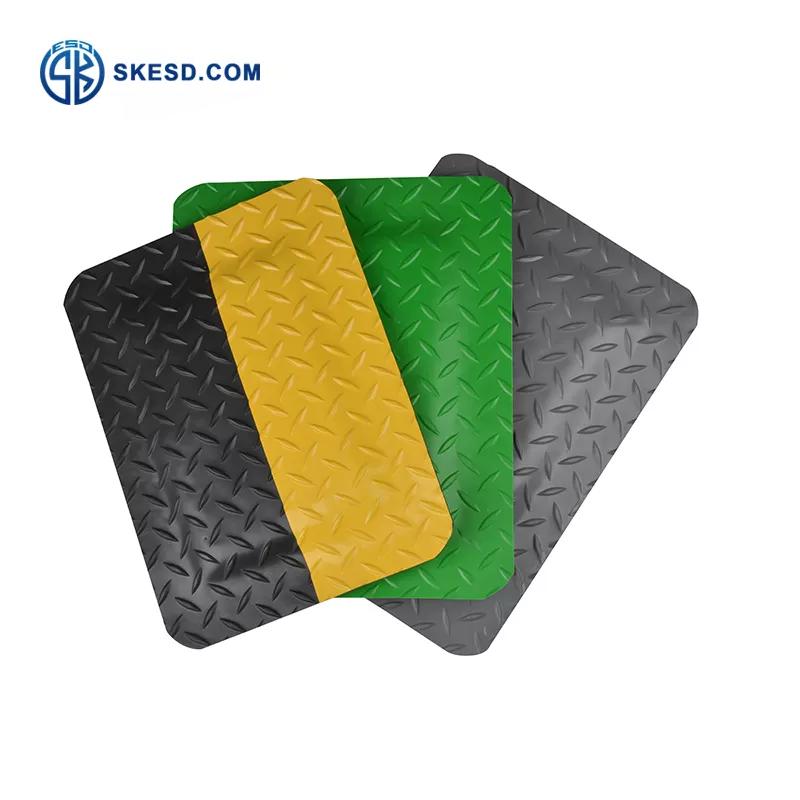Rohs 2.0 has emerged as a crucial aspect of compliance and environmental sustainability in the manufacturing industry. Understanding its significance and implications is essential for businesses to adapt and thrive in the ever-evolving market landscape. In this blog post, we delve into the details of Rohs 2.0, shedding light on its requirements, benefits, and impact on businesses.

Introduction
Rohs 2.0, also known as Restriction of Hazardous Substances 2.0, is a directive set forth by the European Union to restrict the use of hazardous substances in electrical and electronic equipment (EEE). It serves as an extension to the original Rohs directive and places additional obligations on manufacturers, importers, and distributors.

Compliance and Environmental Sustainability
Rohs 2.0 aims to ensure compliance with environmental standards while fostering sustainability. By restricting the use of substances such as lead, mercury, cadmium, hexavalent chromium, and certain flame retardants, it reduces the negative impact of electronic waste on human health and the environment. Manufacturers must adhere to the stringent requirements outlined in the directive to maintain market access and uphold their commitment to sustainable practices.
Benefits of Rohs 2.0 Compliance
- Environmental Protection: By reducing hazardous substances in EEE, Rohs 2.0 contributes to the preservation of natural resources and minimizes pollution during the manufacturing and disposal phases.
- Health and Safety: Restricting the use of harmful substances safeguards the well-being of workers involved in the production, usage, and disposal of EEE, as well as end consumers.
- Market Access: Complying with Rohs 2.0 enables businesses to access the European market, which has strict regulations concerning product safety and environmental sustainability.
- Brand Reputation: Demonstrating compliance with Rohs 2.0 strengthens a company’s reputation as an environmentally responsible and socially conscious organization.
FAQs
Q1: Which products fall under the scope of Rohs 2.0?
A1: Rohs 2.0 applies to all electrical and electronic equipment sold in the European Union, including household appliances, IT and telecommunications equipment, lighting products, medical devices, and more.
Q2: What are the restricted substances under Rohs 2.0?
A2: The restricted substances under Rohs 2.0 include lead, mercury, cadmium, hexavalent chromium, polybrominated biphenyls (PBBs), and polybrominated diphenyl ethers (PBDEs).
Q3: How can manufacturers ensure Rohs 2.0 compliance?
A3: Manufacturers can ensure compliance by conducting rigorous testing and analysis of their products, collaborating with suppliers, implementing supply chain transparency, and obtaining necessary certifications.
Conclusion
Rohs 2.0 plays a pivotal role in promoting compliance and environmental sustainability in the manufacturing industry. By adhering to the directive’s requirements, businesses can safeguard the environment, protect human health, access key markets, and enhance their brand reputation. It is crucial for organizations to stay updated on regulatory changes and adopt responsible practices to ensure long-term success in the evolving landscape of environmental regulations.
Remember, prioritizing Rohs 2.0 compliance is not only a legal obligation but also a demonstration of commitment towards a greener future. Embrace the directive, embrace sustainability.
By following the guidelines and regulations set by Rohs 2.0, businesses can make a positive impact on the environment while fostering a responsible and ethical image within their industry.
continue reading




